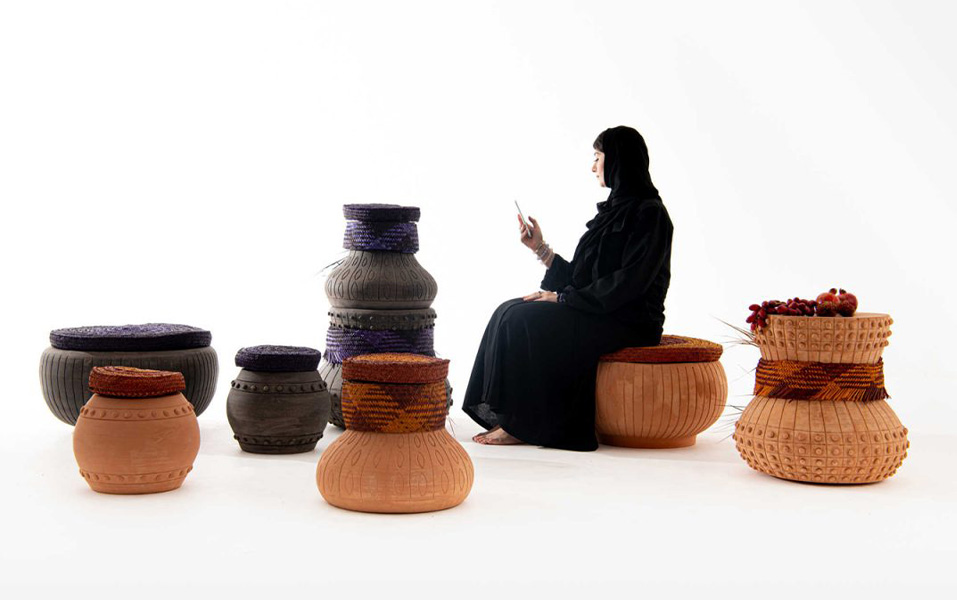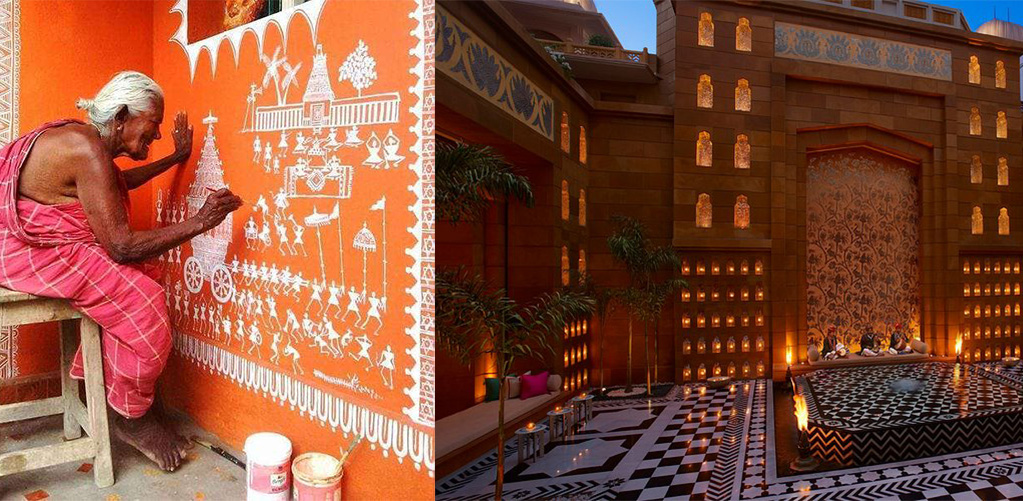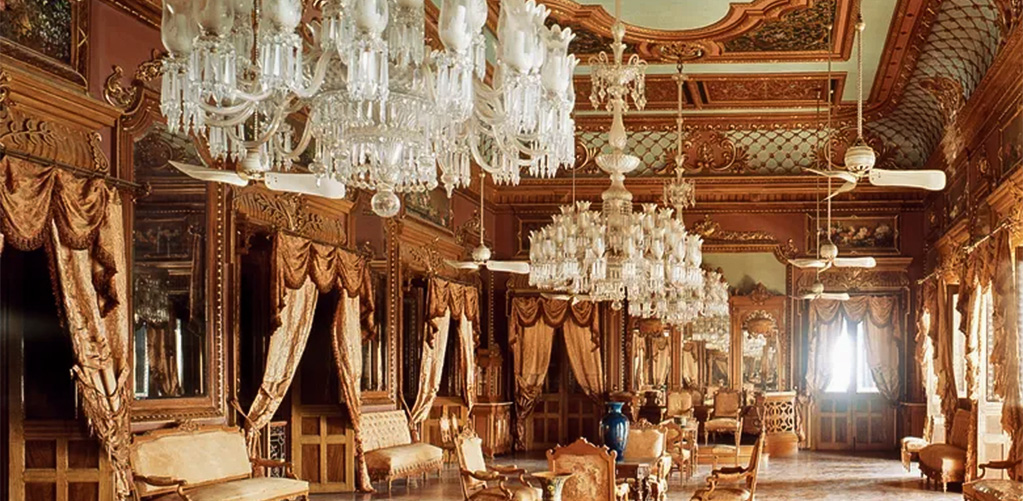

“What’s your home wearing today?”
That’s not a usual question. But think about it—just like fashion tells stories of culture, moods, and moments, so does your home. From the hand-knotted rugs in Kashmir to the clay murals in Gujarat, every space can wear a tale when interior designers collaborate with local artisans. In a country like India, where every region breathes craftsmanship, this partnership isn’t just a trend—it’s a treasure trove of creativity, sustainability, and community building.
Let’s explore how interior designers can work with India’s skilled artisans to create soulful spaces that go beyond aesthetics.
Why opt for mass-produced decor when you can go straight to the roots? Designers today are reviving age-old crafts by working directly with artisans. From Madhubani painters in Bihar to Warli artists in Maharashtra, integrating these into wall panels, installations, or even ceilings transforms a space into a living canvas.
Famous Example: The Leela Palace Udaipur features local Rajasthani craftsmanship, including hand-painted murals and silver-inlay furniture, sourced directly from artisans.

Interior Designing at JD Institute teaches students not just about space planning, but how to find and value these native sources, blending classroom concepts with on-ground exposure to local craft communities.
True collaboration means co-creation. Interior designers must respect the artisan’s process, giving space for improvisation. By being part of the design process, artisans often bring in their own flair that adds richness to the final piece.
Famous Example: Architect and designer Bijoy Jain of Studio Mumbai is globally known for working hand-in-hand with local craftsmen, using natural materials like mud, stone, and wood in contemporary architecture.

Working this way brings authenticity to design—something JD Institute instills through its hands-on workshops and rural craft immersion activities and practical exposure.
India’s crafts—like bamboo furniture, terracotta lighting, and handloom upholstery—are inherently sustainable. Designers can reduce their carbon footprint by sourcing locally instead of importing synthetic decor.
Famous Example: The Svatma Hotel in Thanjavur incorporates bronze sculptures, antique wood carvings, and Tanjore paintings—each locally sourced and environmentally respectful.

Interior Designing education at institutes like JD Institute not only talks about sustainability but also shows how to apply it in real projects, through real artisan partnerships.
Each artisan product holds a story—of culture, geography, community. Designers can work with artisans to tell these stories through their designs. From Gond paintings telling forest tales to Kashmiri papier-mache showing valleys in bloom, these are not just decorations—they’re conversations.
Famous Example: The interiors of Taj Falaknuma Palace, Hyderabad include hand-crafted chandeliers, mosaic flooring, and local Hyderabadi woodwork—a true ode to Deccan history.

Aspiring Interior Design students must go beyond textbook trends and understand how to incorporate narratives into design that resonates deeply with clients and cultures.
With industrialization, many traditional crafts are vanishing. Designers have the power to bring them back to life by creating demand and giving artisans steady work. Instead of using generic store-bought pieces, they can make a difference by choosing crafts that need revival.
Famous Example: Gauri Khan’s interior label often works with local weavers and block printers for custom-designed spaces, helping preserve heritage crafts in luxury homes.

When students at JD Institute learn Interior Design, they don’t just learn styles—they understand the responsibility of their influence. The institute’s focus on social design helps budding designers become changemakers.
In a world moving fast, handmade design makes us pause and feel. It tells us where we came from and where we can go—if we walk together. If you’re a future designer who wants to make a real impact, learning from artisans is as important as learning design software. And the right place to start is where both are respected—at the JD Institute of Fashion Technology, where culture meets curriculum and passion meets purpose.
Next time you step into a space, ask yourself: is it just built, or is it crafted?